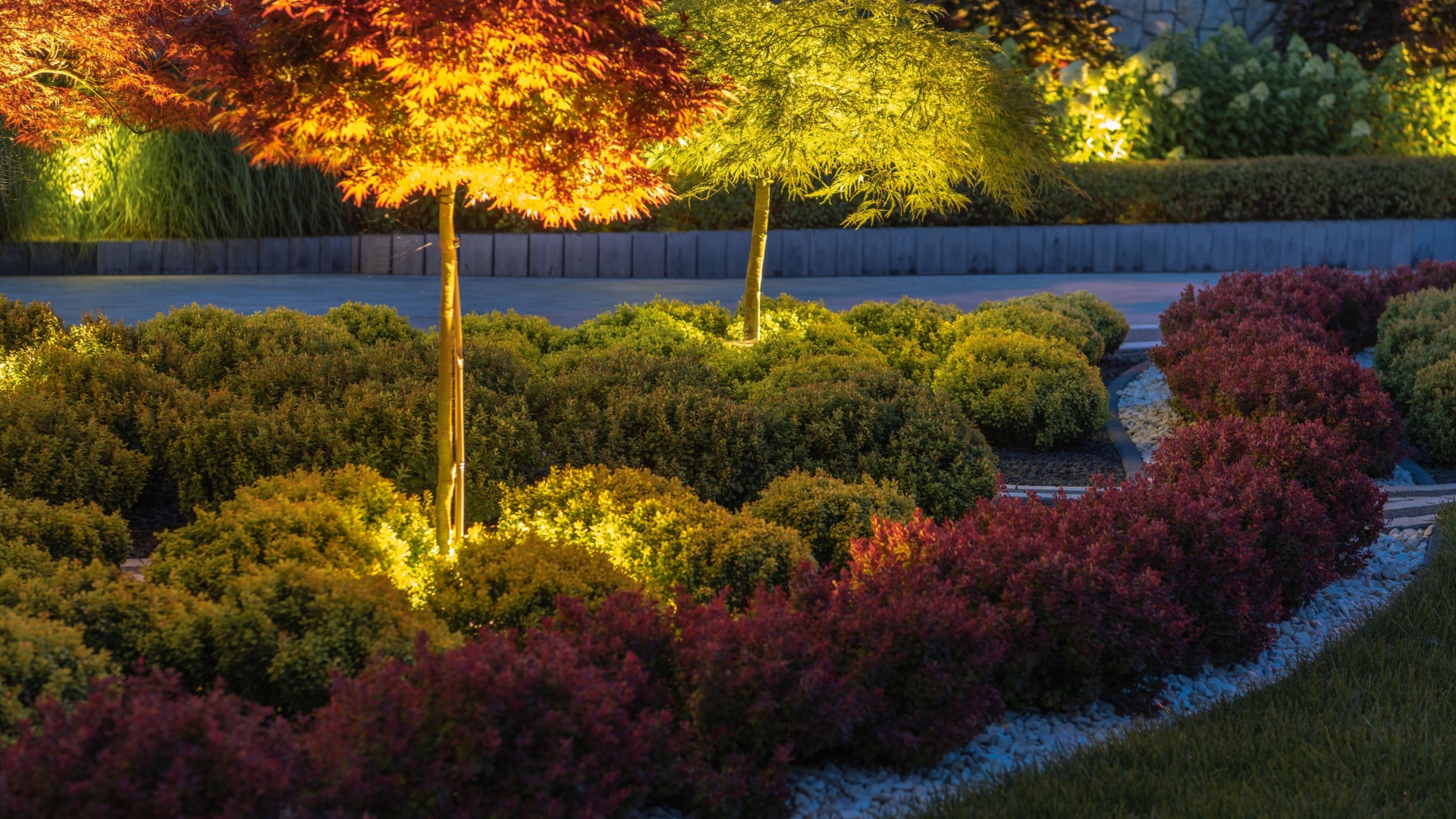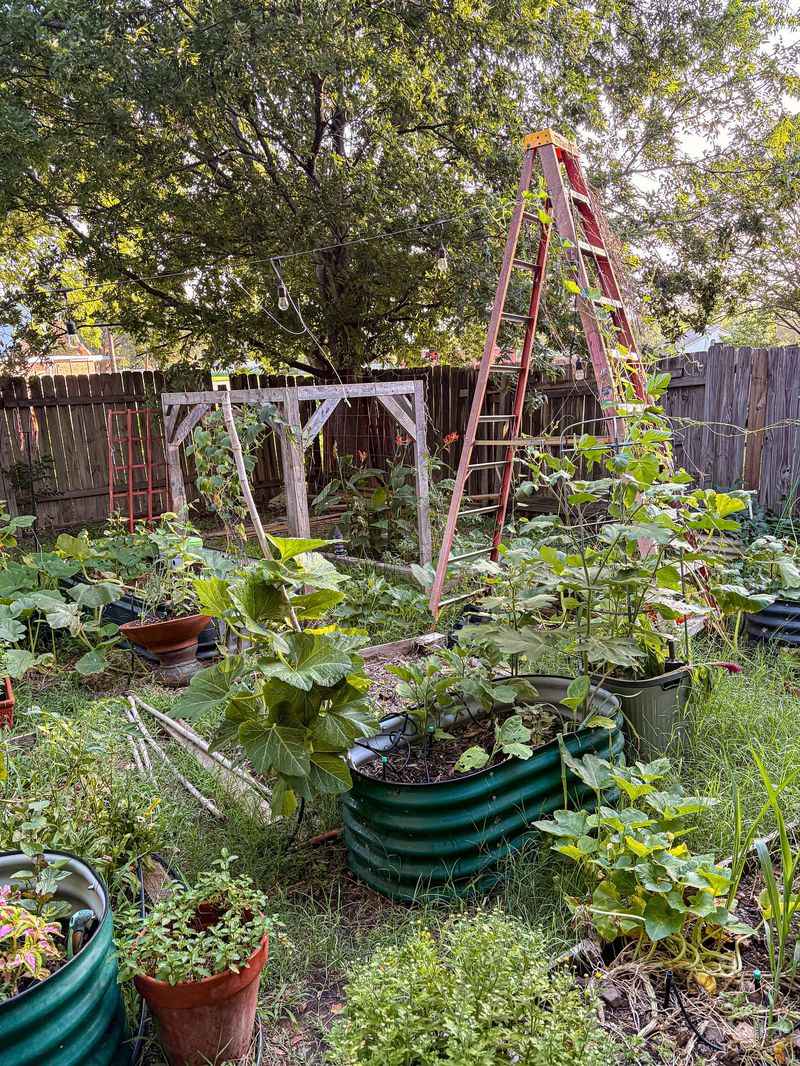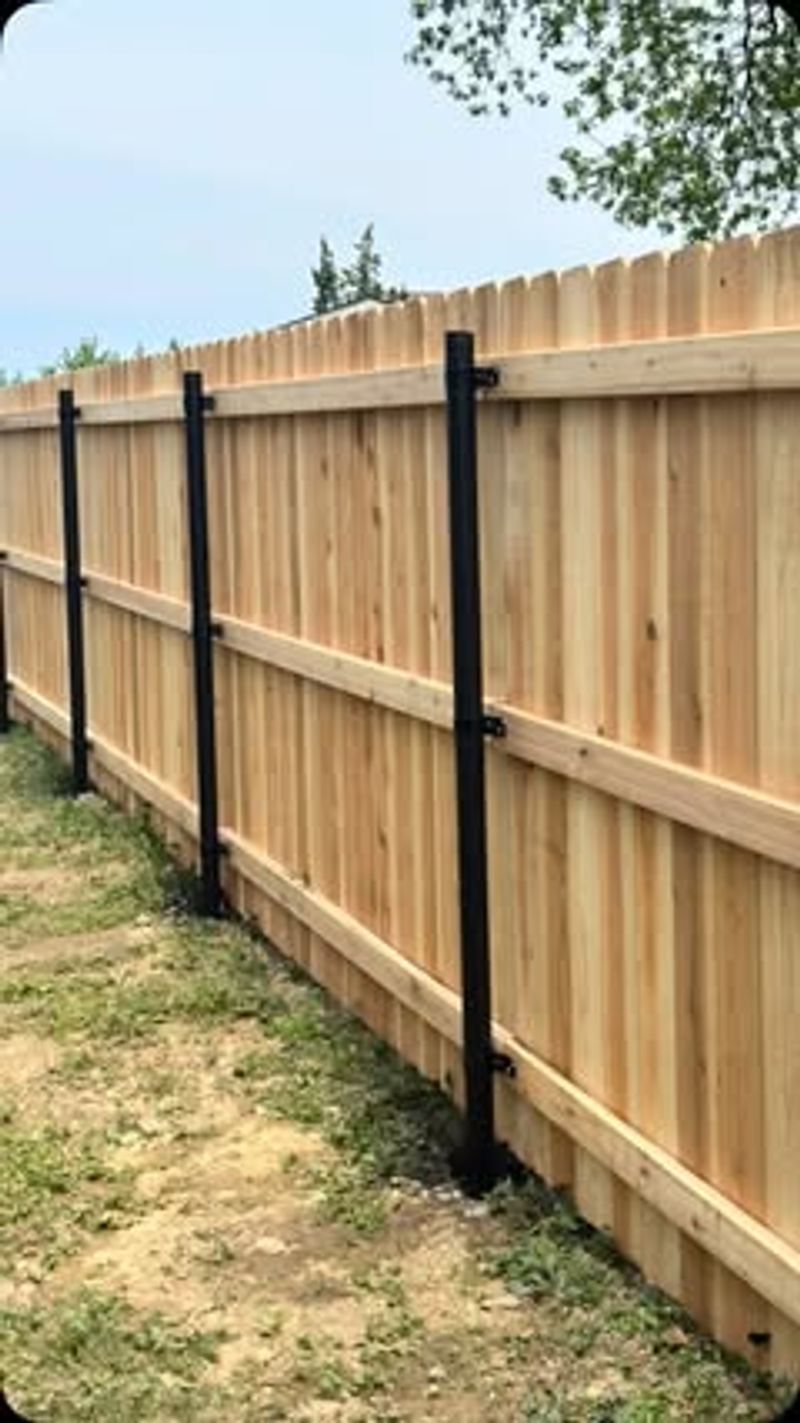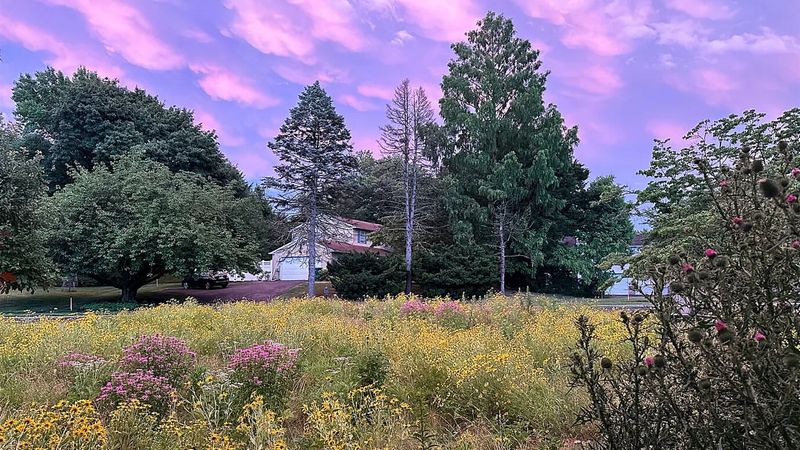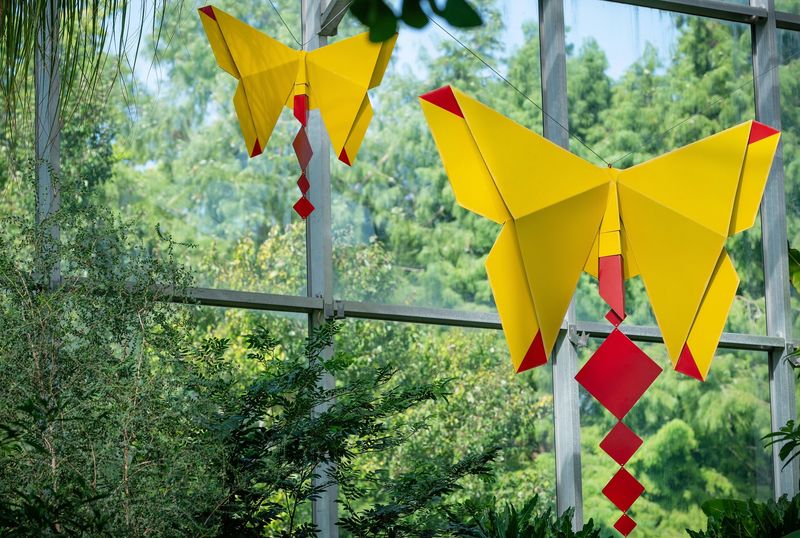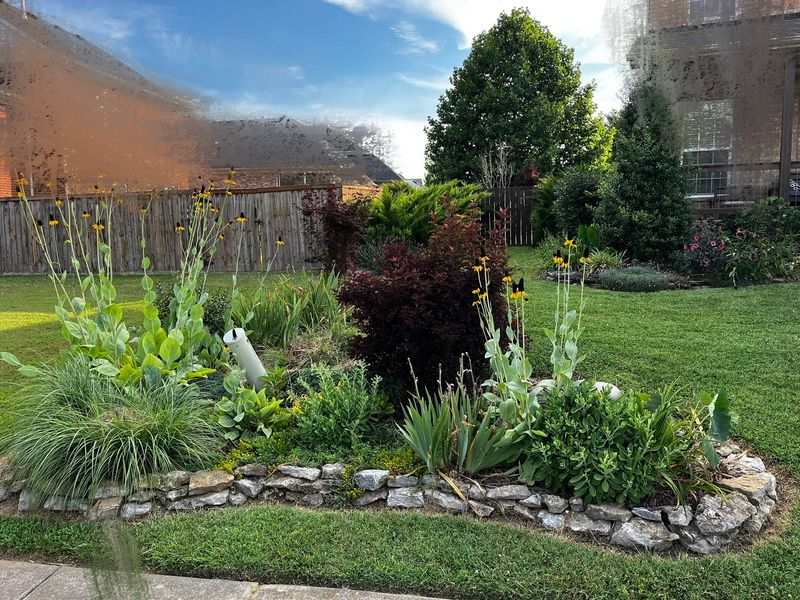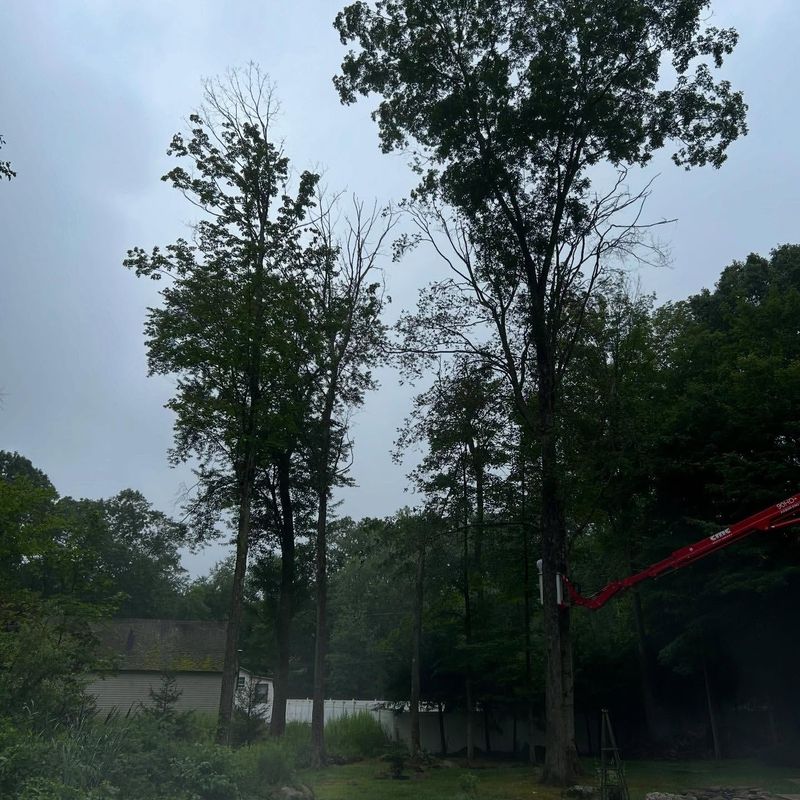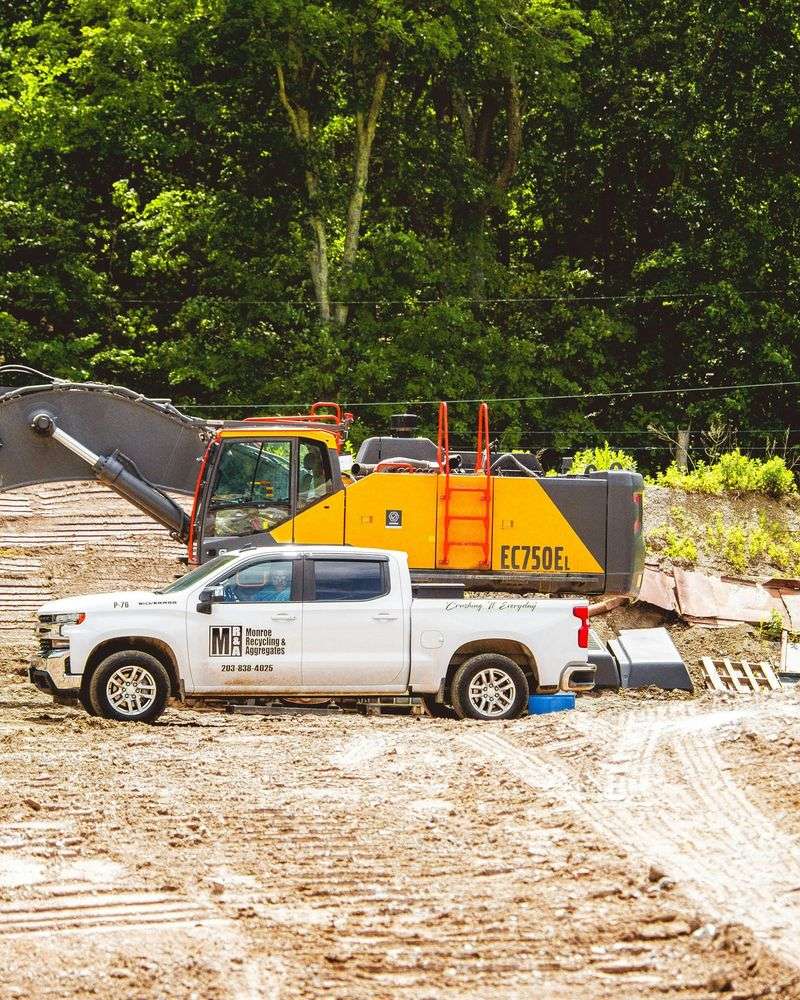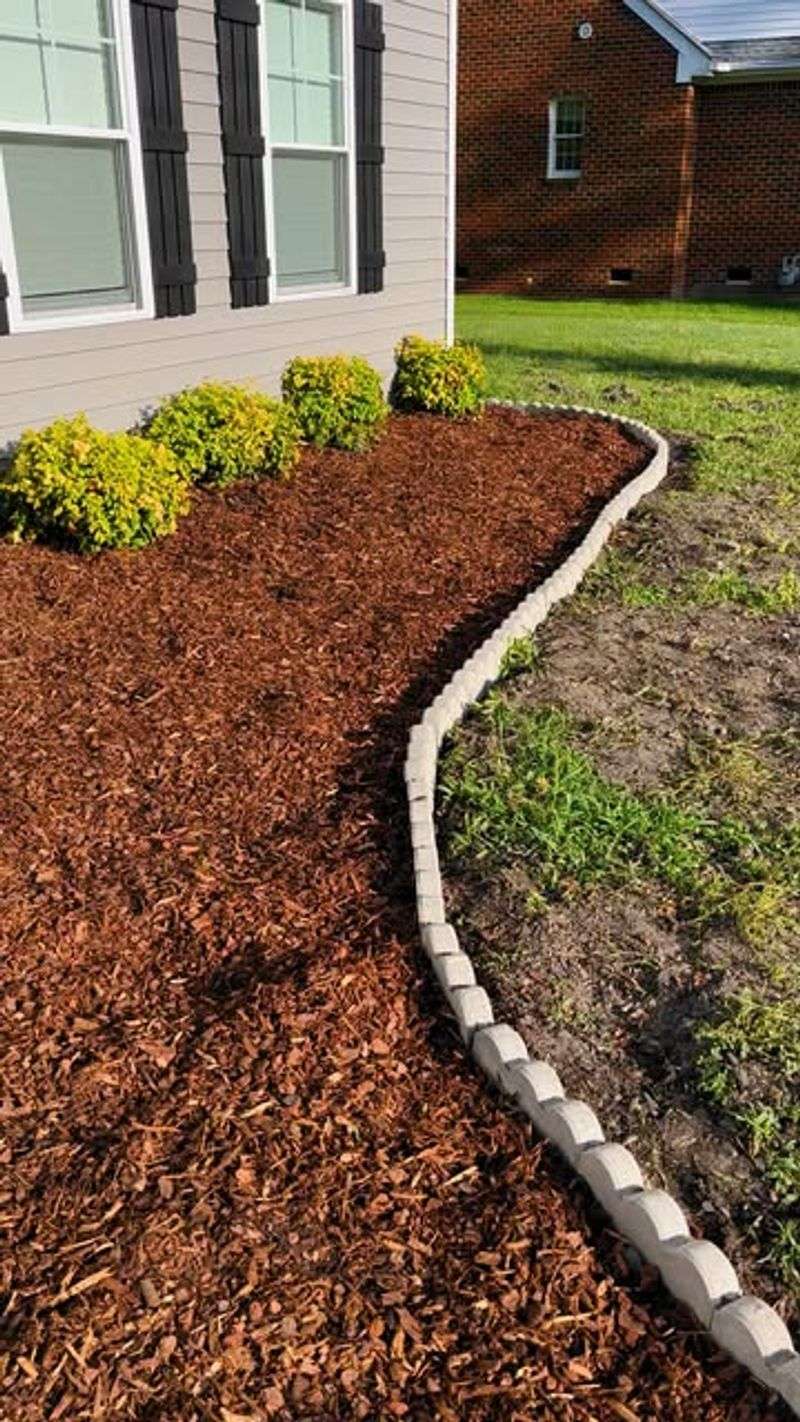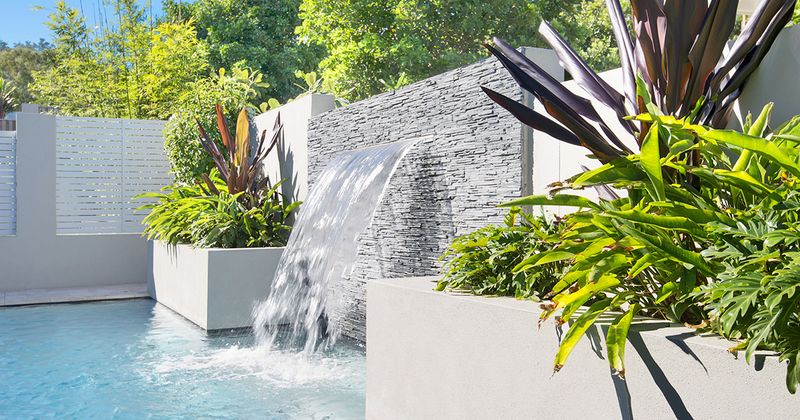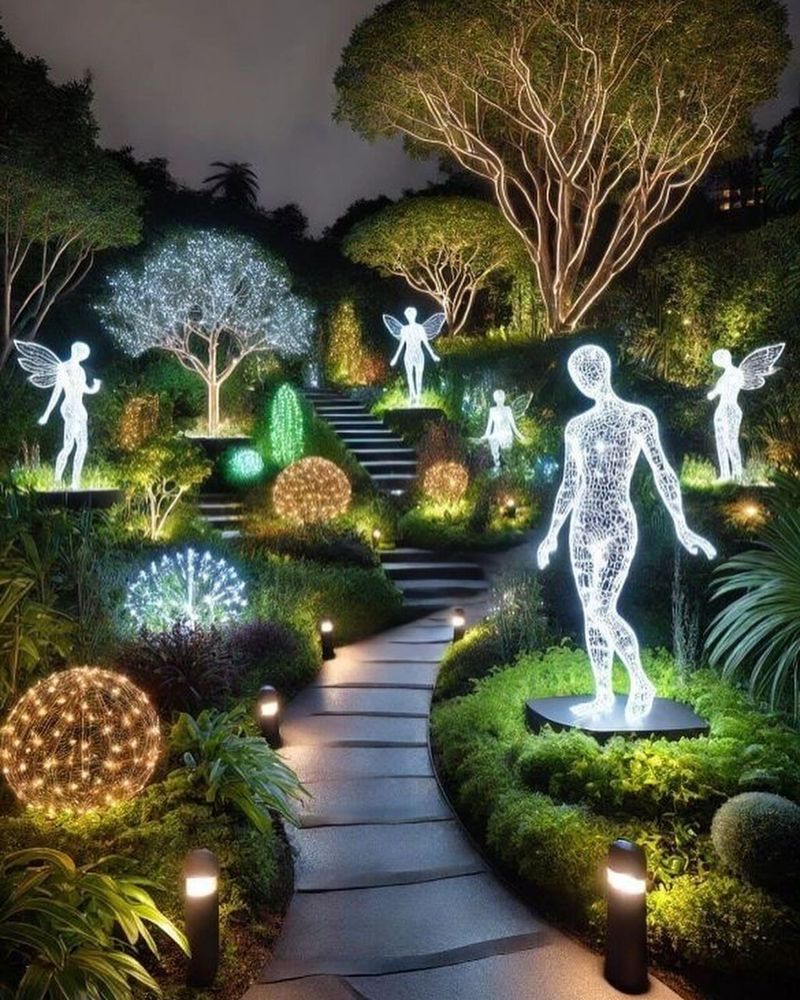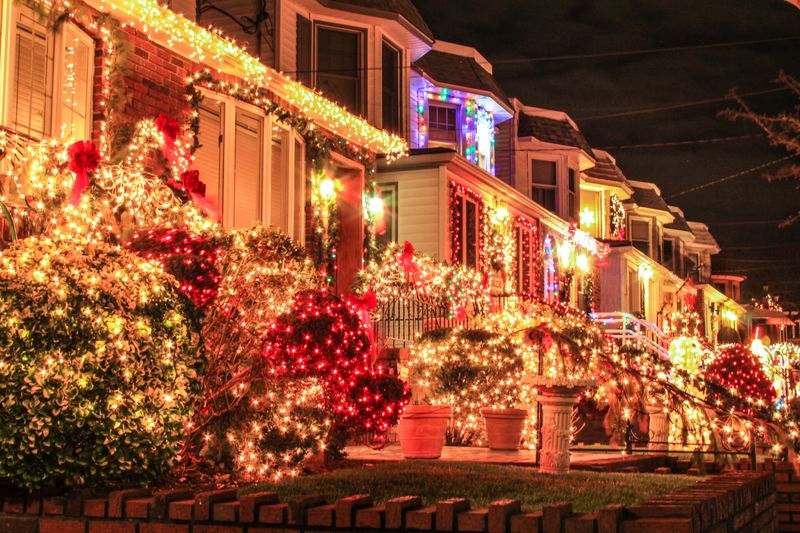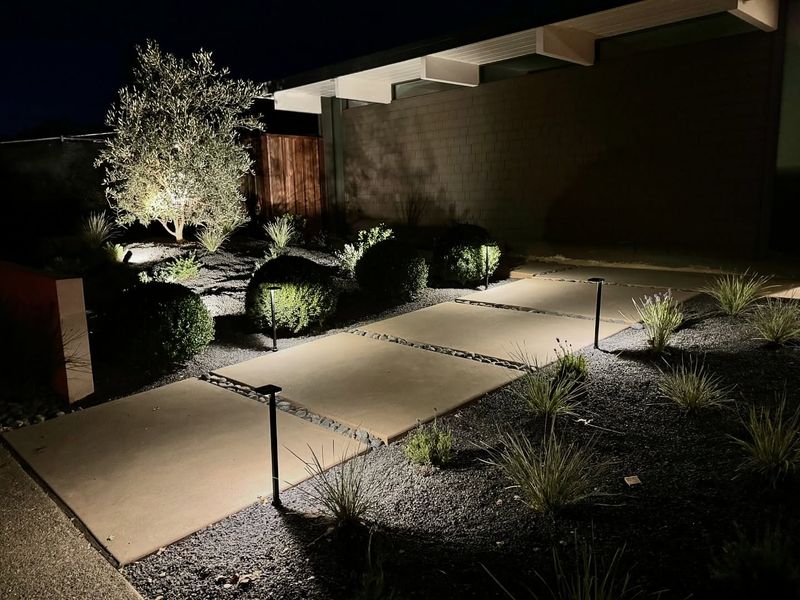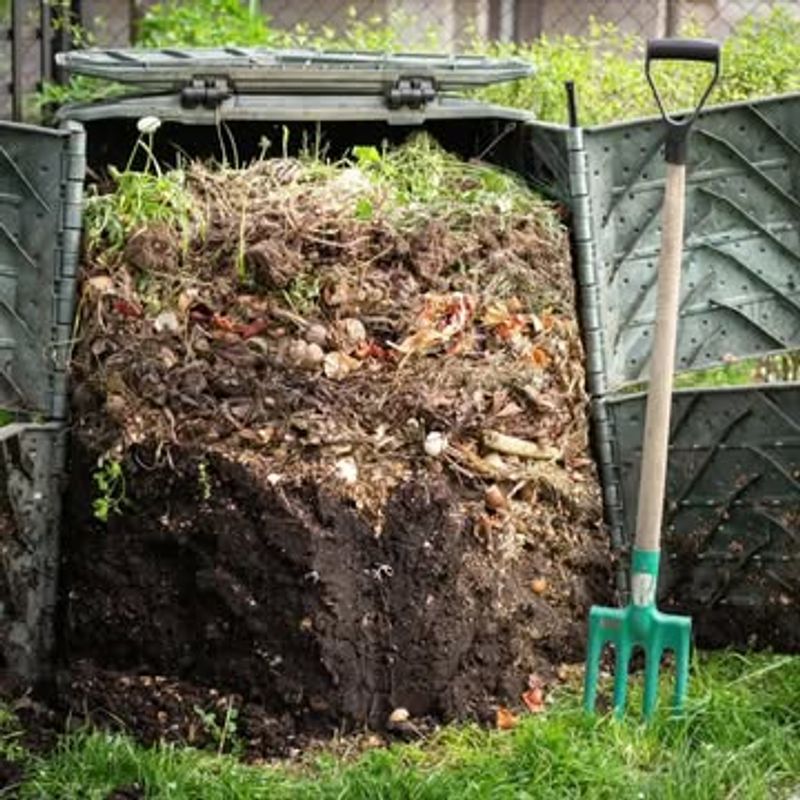That dream garden or trendy yard feature might look amazing—but your HOA could see it differently. From the wrong mulch color to oversized hedges, some landscaping choices can lead to warnings, fines, or even forced removal.
The good news? You don’t have to sacrifice style to stay in compliance. A few smart swaps can keep your yard beautiful and HOA-approved.
1. Overgrown Vegetable Gardens
Many HOAs restrict vegetable gardens, especially in front yards. Untamed tomato vines and sprawling squash plants might earn you a violation notice.
Instead, try container gardening with decorative pots or integrate edibles into your ornamental beds. Neat raised garden beds with defined borders often pass HOA inspection, especially when placed in backyard areas.
2. Unapproved Fence Installations
Putting up a fence without permission is a fast track to HOA troubles. Associations typically have strict guidelines about fence height, material, and placement.
Before building, submit a detailed proposal with measurements and materials to your HOA board. Consider pre-approved styles like decorative aluminum that maintain neighborhood aesthetics while providing the privacy or security you need.
3. Wild Meadow Lawns
Eco-friendly wildflower meadows might be great for pollinators, but many HOAs require manicured lawns. Those beautiful native grasses and wildflowers could be seen as neglect rather than intentional landscaping.
Create a compromise with a designated wildflower area with clear borders or edging. Maintain a traditional lawn in visible areas while incorporating native plant beds with neat mulch and decorative rocks for structure.
4. Bright Garden Ornaments
Those flamingo lawn ornaments or colorful garden gnomes might express your personality, but they’re often prohibited by HOAs seeking a cohesive neighborhood appearance. Flashy decorations can be considered visual clutter.
Focus on sophisticated hardscape elements instead. Natural stone features, tasteful water fountains, or classic birdbaths typically meet approval. Choose neutral-colored decorative elements that complement your home’s architecture rather than stand out.
5. Unconventional Lawn Alternatives
Replacing grass with gravel, artificial turf, or mass groundcover plantings often triggers HOA violations. These alternatives, while practical, may not match the neighborhood’s established look.
Consider drought-tolerant grass varieties that still provide a traditional lawn appearance. For problem areas, use small sections of approved groundcovers like creeping thyme or low-growing sedges mixed with traditional turf to maintain the expected green lawn aesthetic.
6. Towering Trees Too Close To Property Lines
Planting large trees without considering mature size can create future headaches. Many HOAs have rules about tree placement, especially regarding distance from property lines, sidewalks, and utilities.
Research growth patterns before planting. Choose smaller ornamental varieties like dogwoods or Japanese maples for tight spaces. Position larger species centrally in your yard, and always check HOA guidelines about required distances from structures and property boundaries.
7. Unscreened Utility Equipment
Exposed air conditioning units, utility boxes, and trash cans create eyesores that HOAs typically prohibit. These necessary but unattractive elements detract from curb appeal.
Install attractive lattice screens or decorative fencing around mechanical equipment. For trash cans, consider storage solutions that match your home’s exterior. Landscaping screens using approved shrubs can naturally hide utilities while adding beauty to your yard.
8. Mismatched Mulch Colors
Believe it or not, many HOAs regulate mulch color! That bright red or black mulch might catch your eye at the garden center but clash with neighborhood standards.
Natural brown or cedar-toned mulches typically receive the greenlight from most associations. Before purchasing, check your HOA guidelines or look at what’s commonly used in compliant yards nearby. Consistent mulch color throughout your landscape creates a cohesive, approved appearance.
9. Water Features Without Approval
Installing ponds, fountains, or waterfalls without permission often violates HOA rules. Concerns about maintenance, mosquitoes, and neighborhood aesthetics make these features scrutinized additions.
Submit detailed plans showing size, materials, and placement before installation. Choose smaller, self-contained fountains over larger ponds. Ensure proper filtration and maintenance to address potential concerns, and consider placement in backyard areas where they’re less visible from the street.
10. Excessive Yard Art
Collections of garden statues, wind chimes, and decorative items can quickly cross the line into HOA violations. What seems charming to you might read as cluttered to neighbors and association boards.
Select just one or two quality focal pieces rather than multiple small items. Position decorative elements thoughtfully within landscape beds rather than scattered throughout the yard. Consider rotating seasonal decorations rather than displaying everything simultaneously.
11. Non-Conforming Retaining Walls
Building retaining walls with unapproved materials or without permits can trigger violations. Railroad ties, mismatched stones, or walls exceeding height restrictions often face rejection.
Submit engineering plans for approval before construction begins. Choose materials that complement your home’s exterior, like coordinating stone or approved manufactured blocks. Keep heights modest when possible, and incorporate plantings to soften the wall’s appearance.
12. Elaborate Holiday Decorations
Those spectacular holiday light displays might bring joy, but excessive decorations often violate HOA rules. Many associations limit display duration and size.
Check your HOA’s specific holiday decoration policies regarding timing and scale. Focus on quality rather than quantity, using tasteful lighting and decorations that enhance rather than overwhelm your home. Consider elegant door wreaths, window treatments, and subtle lighting that won’t disturb neighbors.
13. Unapproved Exterior Lighting
Bright floodlights, colorful landscape lighting, or excessive fixtures can violate HOA standards. Light pollution concerns and neighborhood aesthetics drive these restrictions.
Install subtle, downward-facing path lights rather than bright spotlights. Choose fixtures with similar finishes to your home’s exterior hardware. Focus lighting on key landscape features and walkways rather than illuminating the entire property.
14. Visible Compost Bins
Environmentally friendly composting often conflicts with HOA aesthetic requirements. Open compost piles or visible bins may be prohibited entirely or restricted to certain areas.
Invest in enclosed tumbling composters that contain odors and keep contents hidden. Position composting systems behind approved screens or in backyard locations not visible from streets or neighboring properties. Some HOAs approve decorative wooden compost bins that resemble garden features.
15. Permanent Play Equipment
Installing trampolines, swing sets, or basketball hoops without approval frequently violates HOA covenants. Many associations restrict these items or require specific placement and screening.
Request approval before purchasing play equipment. Choose natural wood tones rather than bright colors for permanent structures. Consider portable equipment that can be stored when not in use, and position permanent installations in backyard areas with appropriate landscape screening.

